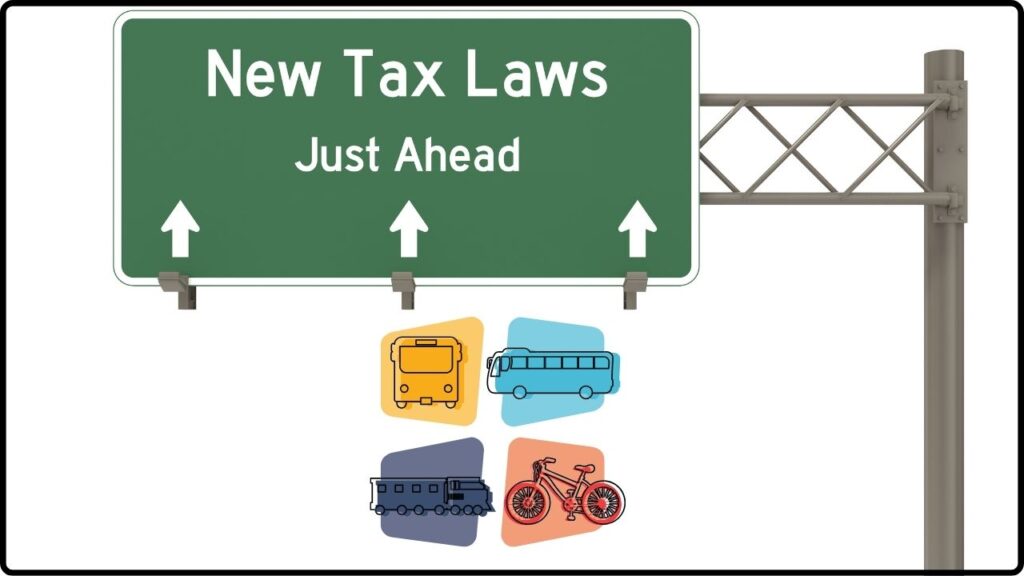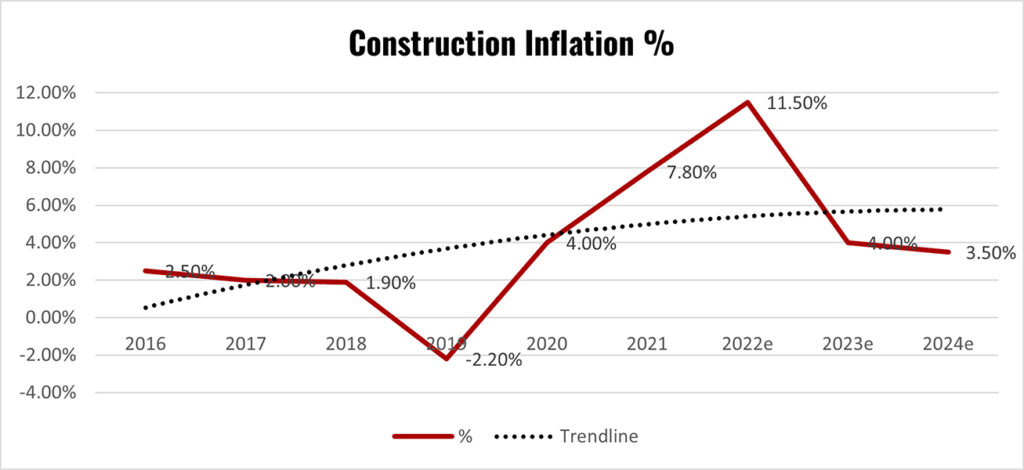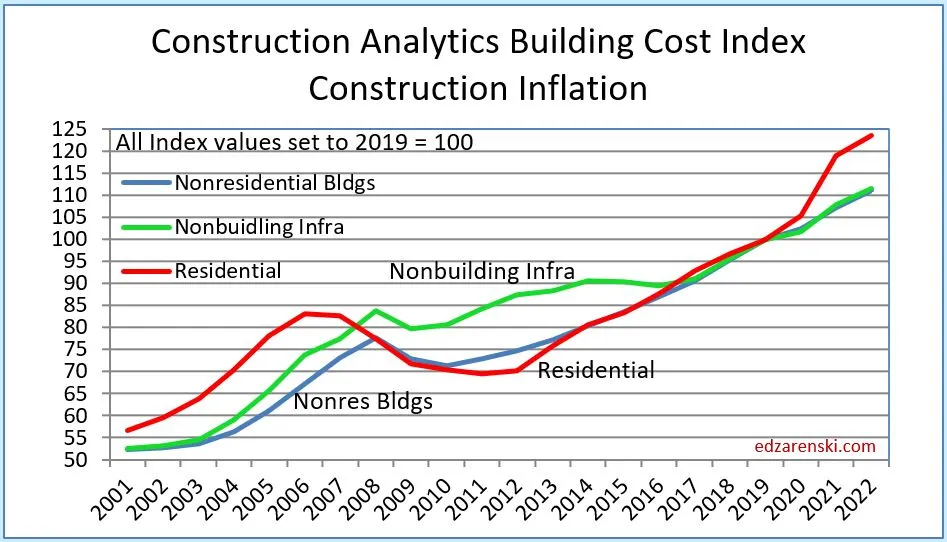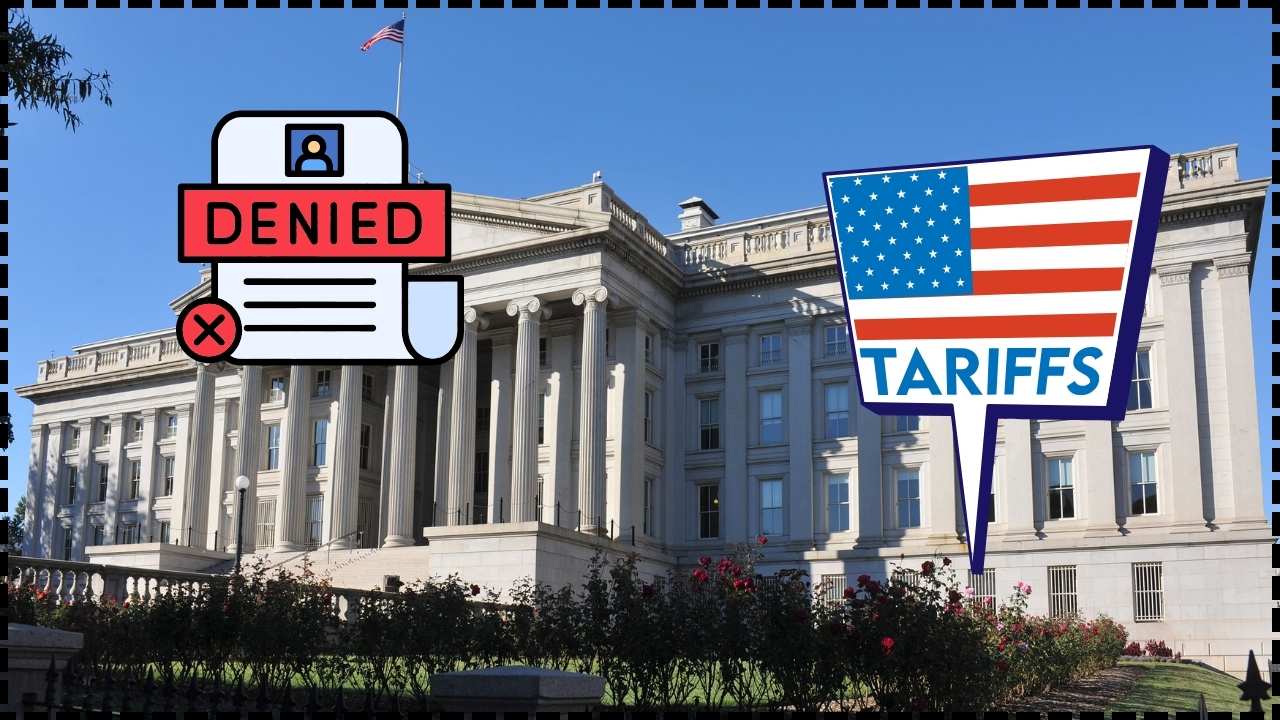
Haryana To Impose New Tax On Vehicles Entering State: The Indian state of Haryana just shook up its construction economy with a major announcement: a new ₹80-per-tonne tax on vehicles entering the state carrying minerals like stone, gravel, and sand. This is more than just a government policy update—it’s a change that could touch nearly every layer of society, from large construction firms building highways to small families saving up to build their first home. With real estate costs already soaring, this fresh tax could push prices even higher. Let’s dive into what the tax means, why it was introduced, and how it could impact your pocketbook if you live, work, or build in Haryana.
Haryana To Impose New Tax On Vehicles Entering State
Haryana’s ₹80-per-tonne levy on mineral-laden vehicles is more than just a new tax—it’s a seismic shift in how the state regulates and funds its growth. For construction companies, transporters, and homeowners, it means higher costs and tighter margins. For the government, it means more revenue and hopefully cleaner, more sustainable mining. The bottom line? Budget higher, plan smarter, and keep an eye on neighboring states’ supply chains. While prices will likely stabilize over time, the next 6–12 months could be bumpy for anyone in Haryana’s construction ecosystem.
| Factor | Details |
|---|---|
| New Tax | ₹80 per metric tonne levy on mineral-laden vehicles entering Haryana |
| Earlier System | ₹100 per tonne (intra-state) and ₹20 per tonne (inter-state) |
| Minerals Affected | Stone, sand, gravel, boulders |
| Royalty Rates | ₹80 per tonne + 25% surcharge |
| Likely Impact | 5–10% rise in construction costs |
| Industries Hit | Real estate, infrastructure, small contractors |
| Monitoring System | AI-based tracking with QR-code compliance |
| Neighboring States | Rajasthan, Punjab, and UP levy different royalty/transport fees |
| Official Source | Haryana Government Mines Department |
What Exactly Changed?
On August 2, 2025, the Haryana Cabinet approved a uniform levy of ₹80 per metric tonne on mineral-carrying vehicles. This means whether a truck is unloading inside Haryana or just passing through, the same tax applies.
Previously, the state used a tiered system:
- ₹100 per tonne if the minerals were for consumption inside Haryana.
- ₹20 per tonne if they were just passing through the state.
The new rule eliminates this difference, making it simpler but also more expensive for inter-state transporters. Add to that the 25% royalty surcharge, and the effective cost for sand, gravel, and stone has jumped significantly.
Why Haryana To Impose New Tax On Vehicles Entering State?
The government cites three main reasons:
- Curb Illegal Mining: Illegal extraction and under-reporting of minerals has long been an issue in Haryana. By standardizing the levy and strengthening monitoring, the state hopes to close revenue leaks.
- Tech-Driven Transparency: The state is introducing AI-based tracking systems where each truckload will be tagged with a QR code. This ensures that every tonne is accounted for.
- Revenue Growth: Haryana is one of India’s fastest-growing states. From expressways to metro extensions, infrastructure spending is massive. The new levy will generate steady revenue to fund these projects.
Historical Context: How Mineral Taxes Shape Construction

This isn’t the first time mineral transport taxes have made headlines. Back in the early 2010s, Haryana faced controversies over fluctuating royalties, leading to sudden jumps in building costs.
- In 2014, for example, royalty rates were revised, and stone prices in Gurugram jumped by nearly 15% within weeks.
- Nationwide, India loses an estimated ₹20,000 crore annually to illegal mining, according to NITI Aayog.
So, this move fits into a larger pattern: states tightening control to protect resources and maximize revenue.
Impact on Stone, Gravel, and Sand Prices
1. Transport Costs Shoot Up
A single truck carrying 20 tonnes will now pay ₹1,600 extra per trip. Multiply that across thousands of trips daily, and the added burden on the construction ecosystem is massive.
2. Aggregates Become Pricier
Suppliers have little choice but to raise the selling price of stone, gravel, and sand. Analysts predict 8–12% hikes in aggregate prices over the next few months.
3. Construction Budgets Inflate
For big developers, raw materials like aggregates make up nearly 40–50% of project costs. Even a modest increase ripples into 2–5% higher overall project budgets. For housing societies, that could mean crores in extra costs.
4. Regional Price Disparities
Cities like Gurugram, Faridabad, and Sonipat, heavily dependent on minerals from Rajasthan and Uttar Pradesh, will face sharper cost spikes compared to districts with local quarrying.
How Does Haryana Compare With Other States?
Understanding the regional context helps:
- Rajasthan: Charges royalties between ₹60–70 per tonne. However, quarrying rules are stricter, making supply tighter.
- Uttar Pradesh: Has similar levies but weaker enforcement, leading to undercutting in some areas.
- Punjab: Tried e-permits for trucks but continues to battle rampant illegal mining.
With its flat ₹80 rate, Haryana has positioned itself as more regulated and transparent—but definitely costlier than some neighbors.
Wider Economic Impact
This new tax won’t just affect trucks and quarries. Its ripple effects include:
- Real Estate: NCR property prices are already sky-high. Analysts expect a 2–3% hike in final housing prices in Haryana-based projects.
- Infrastructure Projects: State-funded expressways and flyovers will see higher tender bids, potentially delaying timelines.
- Local Jobs: Small contractors, who already run on thin margins, may cut labor demand if materials get too expensive.
- Small Homeowners: Families building independent houses in towns like Rohtak or Hisar could see ₹1–2 lakh increases in total costs.

Environmental & Social Angle
One under-discussed angle is sustainability. Excessive sand mining has been flagged by environmentalists as damaging river ecosystems. By tightening rules and making transport more expensive, Haryana may unintentionally encourage more efficient mining and usage.
However, critics warn that higher costs could push some players deeper into the black market, fueling the very illegal mining the state is trying to stop.
Case Studies: Lessons From The Past
- Delhi-NCR 2019: When diesel prices spiked, transport costs pushed aggregate prices up by nearly 20%. Housing projects slowed, and buyers bore the brunt.
- Maharashtra 2016: Introduction of strict e-permit systems curbed illegal mining but also raised compliance costs, which were eventually passed down to consumers.
The Haryana levy could mirror these cases—initial disruption, followed by eventual stabilization.
Step-By-Step Guide: How Stakeholders Can Respond
For Construction Companies
- Secure bulk supply contracts before prices climb further.
- Explore alternative sourcing in Rajasthan or UP.
- Factor increased costs into budget projections early.
For Homeowners
- Budget 10–15% more for raw materials if starting construction.
- Don’t compromise on material quality—cheap substitutes often cost more in repairs later.
- Consider phased construction to spread costs over time.
For Transporters
- Renegotiate freight contracts with builders.
- Adopt route optimization tools to cut fuel use.
- Stay compliant with Haryana’s QR code rules to avoid penalties.
36 Shops Sealed in Indore – Property Tax Non-Payment Crackdown Intensifies
Former MP Ranjith Reddy Under IT Scanner After Tax Raids
Deadline Extended: Property Tax Defaulters Get Time Till August 31 to Settle Dues
Expert Opinions
- Builders’ Association of India: Estimates a 5–10% rise in housing project costs.
- Economists: Warn of short-term inflation but potential long-term benefits if illegal mining is curbed.
- Transporters’ Union: Concerned about higher costs but relieved by the uniform system simplifying compliance.










